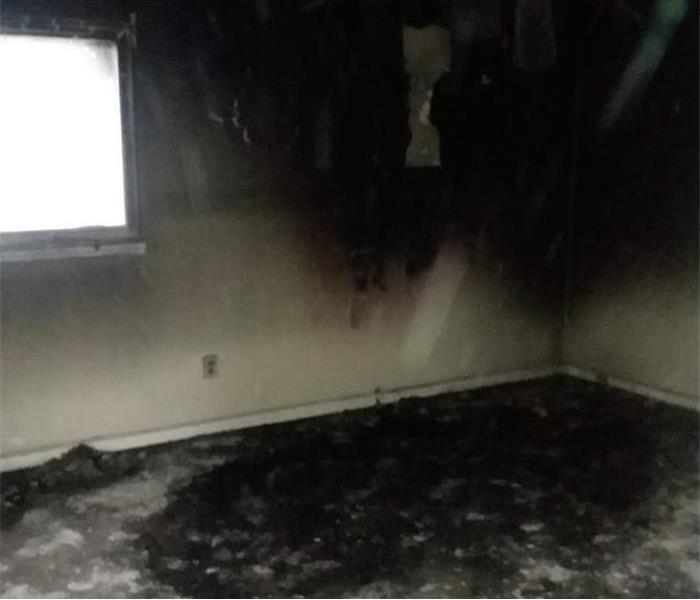Factors in Fire Remediation
7/7/2020 (Permalink)
Fire damage is quite destructive all on its own. If your commercial building in Weldon Spring, MO, is ravaged by a fire, however, it probably also has water damage after the fire is put out. Firefighters use a lot of water to douse the flames and the problems that cause also need to be dealt with during remediation.
Water Mitigation
A fire hose puts out a lot of water, so one of the first things fire restoration specialists have to do is take measures to dry the building out:
- Pump standing water out
- Dry surfaces by increasing air flow
- Bring humidity levels down to normal
It is important to dry your building out to avoid mold growth. Mold patches can start to form in as little as 24 hours after excess moisture becomes present. Taking care of these problems quickly is the best defense your building has against secondary damage.
Fire Mitigation
To mitigate fire damage, technicians have to take several important steps. First, they remove all items in the area affected by the fire. Many of these items may have to be thrown out, but some can be cleaned and salvaged. Second, they tear out all the materials that were destroyed by the fire, including drywall, insulation, carpet, floor pads, and ceiling tiles. Once they have removed all these materials, they start a thorough cleanup. Soot and smoke have to be removed from every surface and crevice, including the many areas of the building otherwise unaffected by the fire. After everything is clean, restoration professionals step in to rebuild the structure and make your building look "Like it never even happened." When there is a fire in your building, it takes a lot of water to put it out and keep it from spreading. You need remediation that tackles both water and fire damage from certified experts who specialize in both.





 24/7 Emergency Service
24/7 Emergency Service
